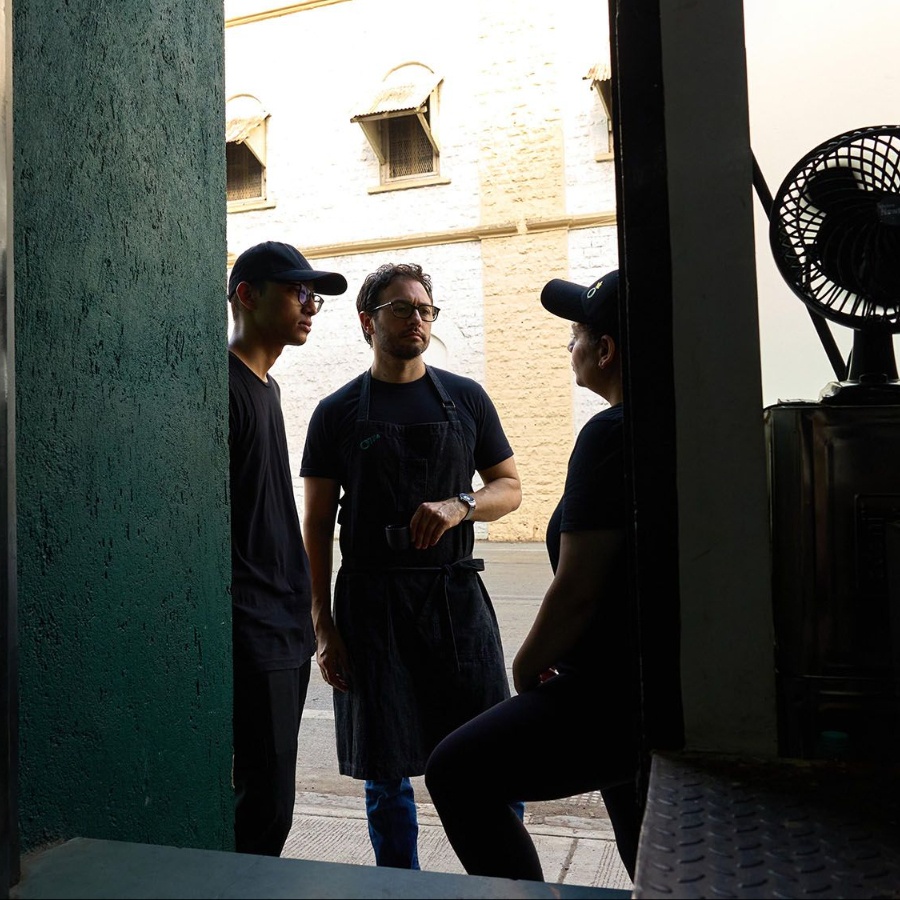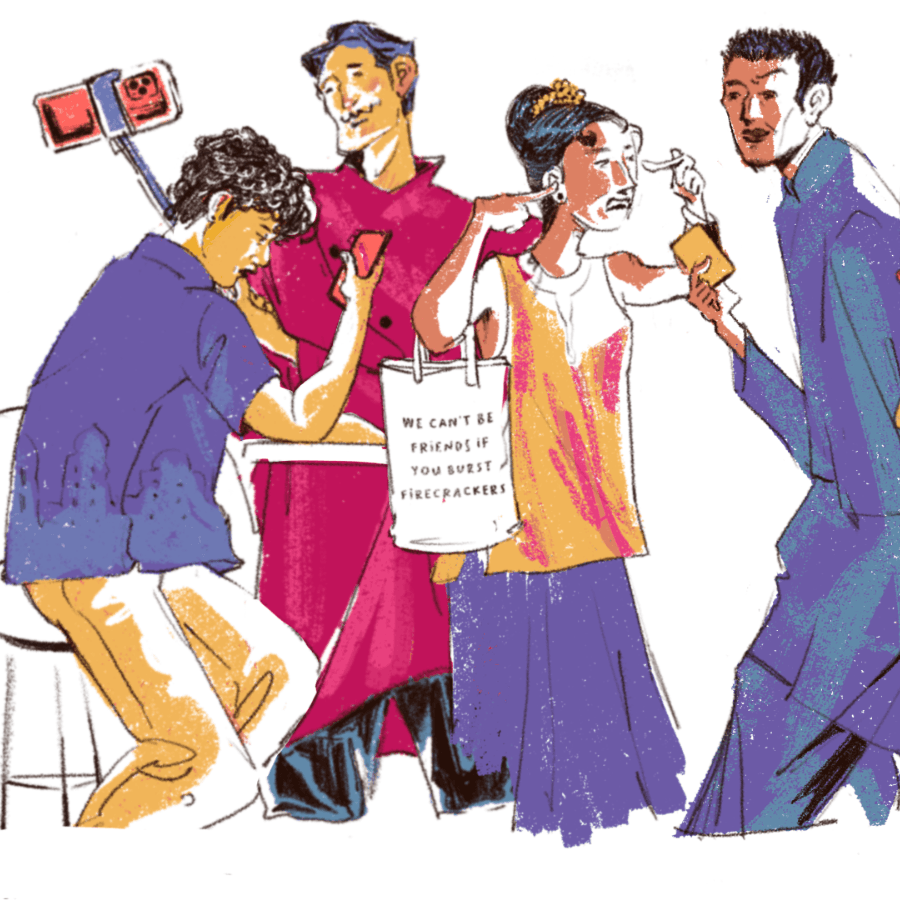More than 50 years after legendary Cosmopolitan editor Helen Gurley Brown wrote Sex and the Single Girl (1962), her seminal manual for the postmodern career woman, it’s safe to say that the work landscape has changed. Where Brown was concerned with subverting the expectations of the suburban housewife and the two-point-five children they were expected to raise—instead advocating for women to find pleasure, ambition, and agency—Samhita Mukhopadhyay’s The Myth of Making It, out from Penguin Random House India this week, is focussed on confronting the inequalities and half-truths that plague women at work today.
Chief among these concerns is the concept of ‘having it all’—an idea that rose with corporate feminism and its desire to sell women the myth that they should sacrifice a private life and personal satisfaction at the altar of career progression. But among the many lessons we learned during the pandemic was that employees no longer derived satisfaction from their jobs (just look at the cultural discourse around ‘quiet quitting’, ‘girl mossing’ and ‘the great resignation’)—which is exactly the crossroads Mukhopadhyay found herself at when she was the executive editor at Teen Vogue.
From the outside, Mukhopadhyay’s life was like a meme about girls with ‘rom-com jobs’ (see: 13 Going on 30, The Devil Wears Prada), but that couldn’t be more dissonant from what it felt like on the inside, despite the Gucci bag on her arm. In The Myth of Making It, which is as much a memoir about losing her father, caring for her mother, and trying to support her flailing mental health as it is an insider’s look at managing one of the world’s most recognisable magazine titles, Mukhopadhyay does not shy away from asking difficult questions about the failures of the contemporary work landscape and how we can help create more equitable, feminist, and healthier workplaces.
For The Nod, Arushi Sinha chats with Mukhopadhyay about her new book, the experiences that shaped it, and what she envisions for the future of the workplace:
Arushi Sinha: In The Myth of Making It, you take a hard look at the narratives surrounding hustle culture, especially when viewed through the lens of girlboss feminism. The opening chapter, ‘You Can’t Have It All’, details the highs and lows of having a high-powered media job. How did this ‘having it all’ affect you specifically, and to what extent does it still plague women in the workplace?
Samhita Mukhopadhyay: The biggest impact of the narrative of ‘having it all’ is that it sells a false bill of goods for what’s possible for women’s lives. It becomes a yardstick against which you measure your success—it implies that at this point, you can have a career, be ambitious and successful, while also having a successful family life. But the social contract that made that kind of success possible has started to unravel. It’s very challenging to be a working mother, and unlike in India, we don’t have joint families or grandparents helping you with childcare in America. In American society, if a woman goes out to work and then gets stressed or burnt out, it is her fault, because she made the decision to go out and work while also having the audacity to have a family. It just sets up an untenable, unrealistic standard.
I don’t have children, so I don’t know if I ever thought that I could ‘have it all’, but there was definitely a part of me that felt like I did have it all—I was sitting front row at New York Fashion Week, I’d got the handbags, the glossy job... In many ways, it would be easy to look at me as the embodiment of ‘having it all’—which is how I knew that it wasn’t true or possible.
AS: You write about how your mental health suffered after you were laid off from one job, and being recruited for another, extremely high-octane one. Despite prevailing rhetoric, few workplaces today are equipped to truly handle their employees’ mental health with care. What can we do to change that?
SM: I think are a lot of things are going to happen in workplaces that upset people—that’s just the reality of life. The more we can be transparent and create models of leadership and team building that are inclusive, and that take into account that people live whole, complex lives, the better. I’m not saying you have to be a therapist, but there are ways to be mindful and honour people and treat them with dignity, and I don’t think that’s a really hard thing to do. It shouldn’t be shocking to you to get a bad review at work, you should know in advance that things are not going well and be given a chance to turn them around and make them better. Regular feedback and creating a culture where people feel comfortable elevating problems, where they feel empowered, where they feel they have ownership over their work and are excited to do it—all of those things contribute to creating a space where mental health is looked after.
AS: There is a prevalent tension between the work cultures and values of Gen X/Boomers and millennials/Gen Z. Does that conversation have merit or does it distract from the issue of creating more equitable, functional workplaces for everyone?
SM: I believe generation wars are usually manufactured; they’re not a real thing. There are also young people who have equally bought in to the same systems and structures as older workers, and there are also older people who are sceptical of those systems. But I do think younger people’s relationship with work is changing, and they’re more vocal about what they’re willing and not willing to do.
Historically, we’ve understood work like—you work, and then you save to buy a house, and then you pay off your student debts, then you’re able to go on family vacations. But that model has really crumbled: the cost of living has gone up and jobs are much more unstable. Now you don’t stay in one job for 50 years. This has created an environment where people are frustrated and maybe not willing to put in the work that previous generations put in. So, I think the tension is between what people think success looks like and what they actually want out of work.
AS: Increasingly, the modern workplace—especially in media industries—demands a blurring of the personal and the professional. How much does this expectation unfairly impacts women, who are traditionally more likely to have domestic and care-work responsibilities?
SM: Historically, a lot of literature geared towards women in the workplace has focussed on what women can do better and more of—and this is one area where I don’t think women can actually change the situation that they’re in. This has to be a cultural shift in how we value care work.
The reality is that even the most feminist man still doesn’t do as much care work as the wife or mother does. It is changing—men are taking on more domestic leadership and care work, but they get credit for the bare minimum. For that to fundamentally change, women have to be more comfortable saying no to things and holding people in their life accountable to get the support they need. But we also need to shift to a culture that values care work as real work, and create workplaces that integrate those care needs more seamlessly so women don’t feel like second-class citizens because they have domestic responsibilities.
AS: In the post-Elizabeth Holmes era, the girlboss, as you write, is dead. Can you talk about our cultural prickliness around that term and why it might still be useful to young women today?
SM: A big part of the impetus of the book was watching the girlboss reckoning of 2020, and seeing the glee with which people were like, ‘Yeah, this is why we should never have let women run companies’, which was the wrong lesson to get out of it. There’s a difference between a girlboss who’s running a multimillion dollar company and happens to be a woman, and a young woman who is trying to figure out who she wants to be and hustling through her career. Outside the cheesiness of the word itself is the fundamental premise that a woman can be anything she wants to be, which has been valuable for a lot of people.
A lot of mid-career women like me question why they’re working this [corporate] machine and complain about burnout, but I think early in your career, you have to hustle and build relationships. I just wish it didn’t feel so high stakes and that young people were more comfortable being experimental, rather than feeling like they have to have it all figured out by 22. But also, the hustle never hurt anybody. It’s nice to have purpose and be driven. What I’m more fascinated with is how we can hold our ambition without it being at the cost of our happiness and health, and without engaging with places where it’s easy to exploit us because we’re ambitious, interested, and want to work really hard.
AS: Sheryl Sandberg’s Lean In has been rightly criticised for perpetuating the ‘having it all’ myth and excluding minority women. You write about your time at Condé Nast that “working for women doesn’t mean that your workplace is inherently good for women or uniquely feminist.” What does the feminist workplace of the future look like to you?
SM: To me, the feminist future of the workplace is egalitarian. It’s a place where we understand and integrate care work, and a place that prioritises the needs and ambitions of women and provides them with the structural support that they need to be successful. But part of the reckoning is having really difficult conversations about what success looks like, what it means to actually ‘make it’, and a broader conversation that business leaders need to have around creating a workplace model that does not come at the cost of your employees. Another aspect is integrating DEI, anti-sexism, and anti-racism training as a fundamental part of the workplace.
AS: Finally, if you could go back and give young Samhita one piece of career advice, what would it be? And how would it differ from what you would tell a young person starting out today?
SM: The one piece of advice that I always give to young people, and that I took myself, is to fake it till you make it. That’s the ultimate girlboss advice. And I would tell young me to remember that they [the company] are as lucky to have you as you are to be there. I didn’t come from these backgrounds that a lot of magazine editors historically have come from, so for much of my career, I felt I didn’t belong. Now I realise I had one of the more valuable perspectives to bring to the table, but that’s not something we honour as a work culture. There is a belief that a tough background puts you at a disadvantage, but I actually think it makes you sensitive and aware of stories that people around you may not even see.
To someone starting their career today, I’d say: don’t feel like you have to solve everything on the first day. I always come in so hot when I start a new job—I’ve got decisions made by Wednesday and creative briefs coming in the following week, and by week three, it’s all falling apart because I haven’t spent time learning the team dynamic and the spoken and unspoken norms of that workplace. As women, we’re expected to prove ourselves in ways that our male colleagues don’t have to, and I think there’s an opportunity here to act a little more entitled about it the way men do, and be like, “I’m still learning the ropes, I can’t fix everything on the first day and I shouldn’t be expected to.”
[This interview has been edited for length and clarity]
Samhita Mukhopadhyay’s The Myth of Making It (Penguin Random House India) is available in bookstores and online






